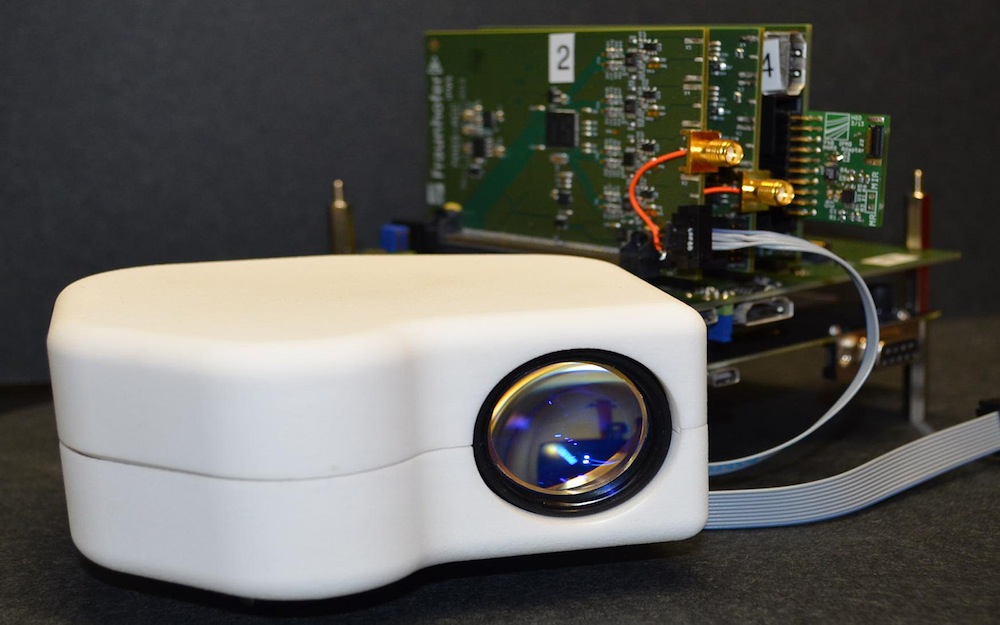Portable Retina Scanner Could Protect Your Identity on the Go

A portable retina scanner small enough to fit in a purse could one day be used to combat identity theft and strengthen personal security.
The new device is about 5 inches (12 centimeters) long and 3.5 inches (9 cm) wide, making it more compact than traditional stationary retinal scanners.
"Based on our research, this device is unique with respect to its compactness," Uwe Schelinski, a researcher at the Fraunhofer Institute for Photonic Microsystems in Dresden, Germany, said in a statement.
The retina is a light-sensitive layer of cells at the back of the eyeball that helps the eye sense visual data. Just like a fingerprint, a person's retina can serve as a unique marker of identity, as its blood vessel pattern differs from one person to another. [Science Fact or Fiction? The Plausibility of 10 Sci-Fi Concepts]
Retinal scanners can therefore be used to verify people's identity in an efficient and unambiguous way, such as when verifying bank transactions. People sometimes confuse retinal scanning with another biometric identification technique called iris recognition, which uses camera technology to capture detailed images of the iris, which is the colored, ring-shaped part of the eye.
The main components of the portable retina scanner include an infrared laser, an eyepiece and a MEMS-scanning mirror. (MEMS, or Micro-Electro-Mechanical System, is a term for the technology of very small devices.)
Overall, the scanner's silicon-based microelectronic components are tiny — about as small as microchips, the researchers said. The scanner's built-in optical instruments capture an image of the retina from laser beams that are deflected by the scanner's components. Next, the device maps the pattern of the blood vessels of the retina and compares it to the pattern of the owner's retina that was previously stored in the scanner.
Get the world’s most fascinating discoveries delivered straight to your inbox.
The new device is superior to stationary scanners for two reasons, the researchers said. "First, the scans remain on the device and do not land in a database," Schelinski said. "Second, I am more willing to scan myself with my own device than with a permanently installed third-party system.”
Even though the researchers have developed the portable retinal scanner, users may have to wait longer for a retinal-scanning mobile app to arrive.
"It's still a long way until we can integrate the technology into a smartphone," Schelinski said.
In the meantime, it may be possible to integrate small accessories to link the retina scanner to smartphones via Bluetooth technology, which transmits data wirelessly over short distances, the researchers said.
Follow Agata Blaszczak-Boxe on Twitter. Follow Live Science @livescience, Facebook& Google+. Originally published on Live Science.


